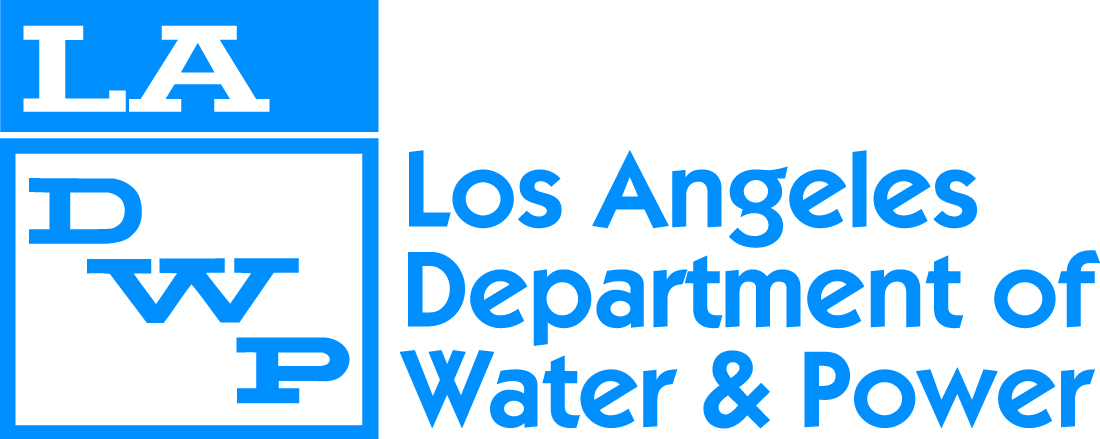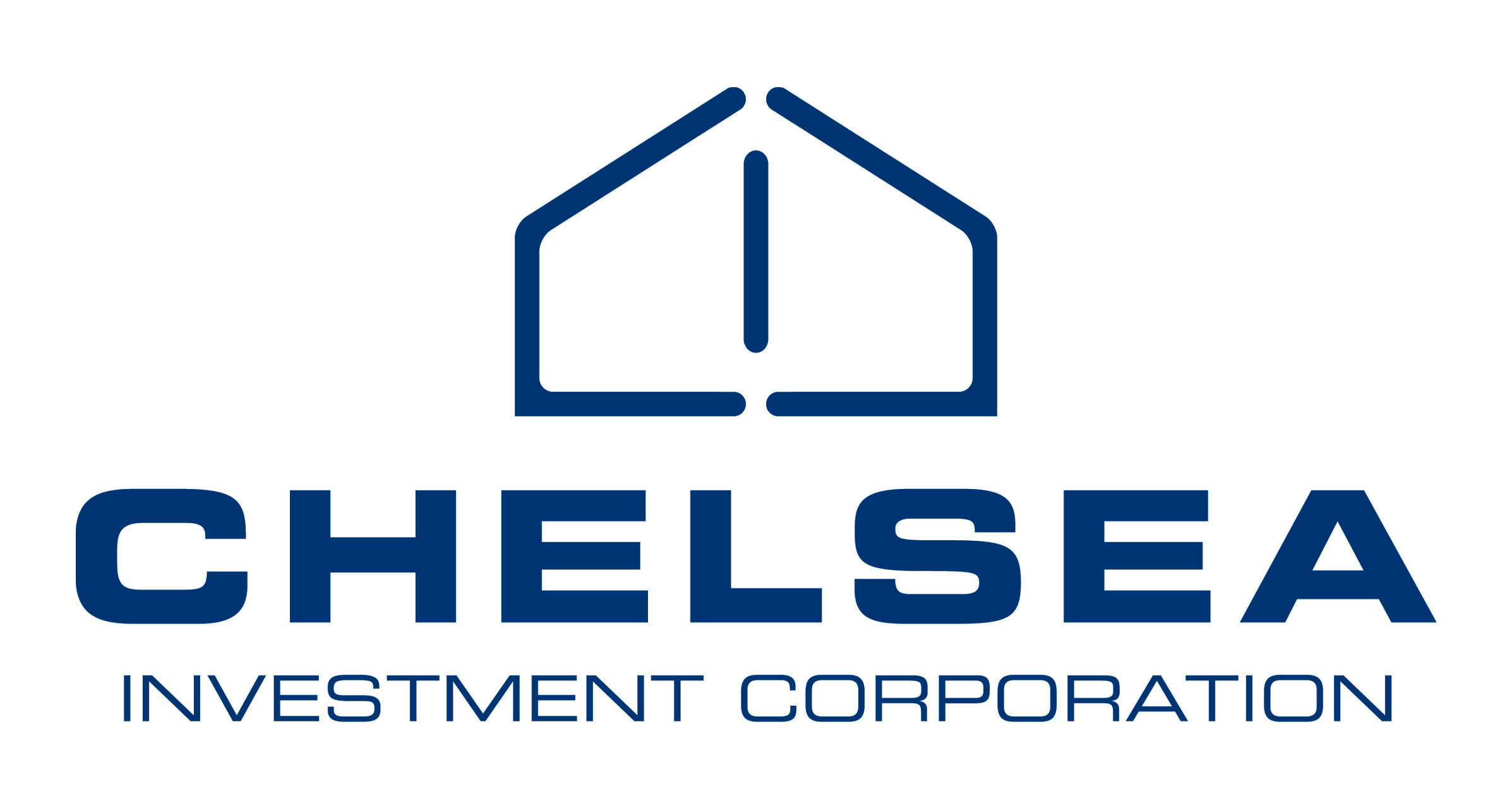COURT CASTS DOUBT OVER FUTURE HOLLYWOOD DEVELOPMENT
 Tuesday, December 17, 2013 at 9:52AM
Tuesday, December 17, 2013 at 9:52AM Armbruster Goldsmith & Delvac LLP
On December 10, 2013, Los Angeles Superior Court Judge Allan J. Goodman issued a 41-page tentative decision in the actions challenging the City of Los Angeles Hollywood Community Plan ("Community Plan") update. The Community Plan update involved a series of zone changes and amendments that increased the development potential of a number of properties in Hollywood.
It is likely the court will adopt its tentative ruling as final. Despite acknowledging that the Community Plan update expressed "the finest thoughts of dedicated city planners," the judge held that the "otherwise well-conceived plan is also fundamentally flawed, and fatally so in its present iteration," along with the accompanying EIR. The core flaw identified by the court was that the population base used by the City was erroneous - the City should have used updated 2010 Census data, which became available 60 days after the publication of the Draft EIR, instead of the Southern California Association of Government's 2005 projections. This flaw infected virtually all of the impact analyses contained in the EIR. The judge ordered the City to rescind the adoption of the Community Plan update and related approvals and enjoined it from granting any entitlements that "derive" from the Community Plan update. The City may appeal the ruling, which would stay its effect, and/or begin preparation of a revised EIR and Community Plan update. The last update took several years to adopt.
The ruling will cast a very long shadow over development in Hollywood for the foreseeable future, and will require a rethinking of the entitlement approach for many projects. Additionally, it is unclear as to the effect of the ruling on already approved entitlements under the Community Plan update.
The cases represent the ever expanding use of litigation to impact reasonable development not only in Hollywood, but also throughout the region. In the last few years, we have obtained approvals for a number of high profile projects in Hollywood, as well as successfully defended and resolved legal challenges to our clients' projects. We have closely watched the Community Plan update process, as well as the litigation, and are actively engaged in strategizing paths forward for development in the aftermath of the ruling.
Please contact Dale Goldsmith or Damon Mamalakis for an evaluation of the effect of the court's ruling on specific projects or properties.


















